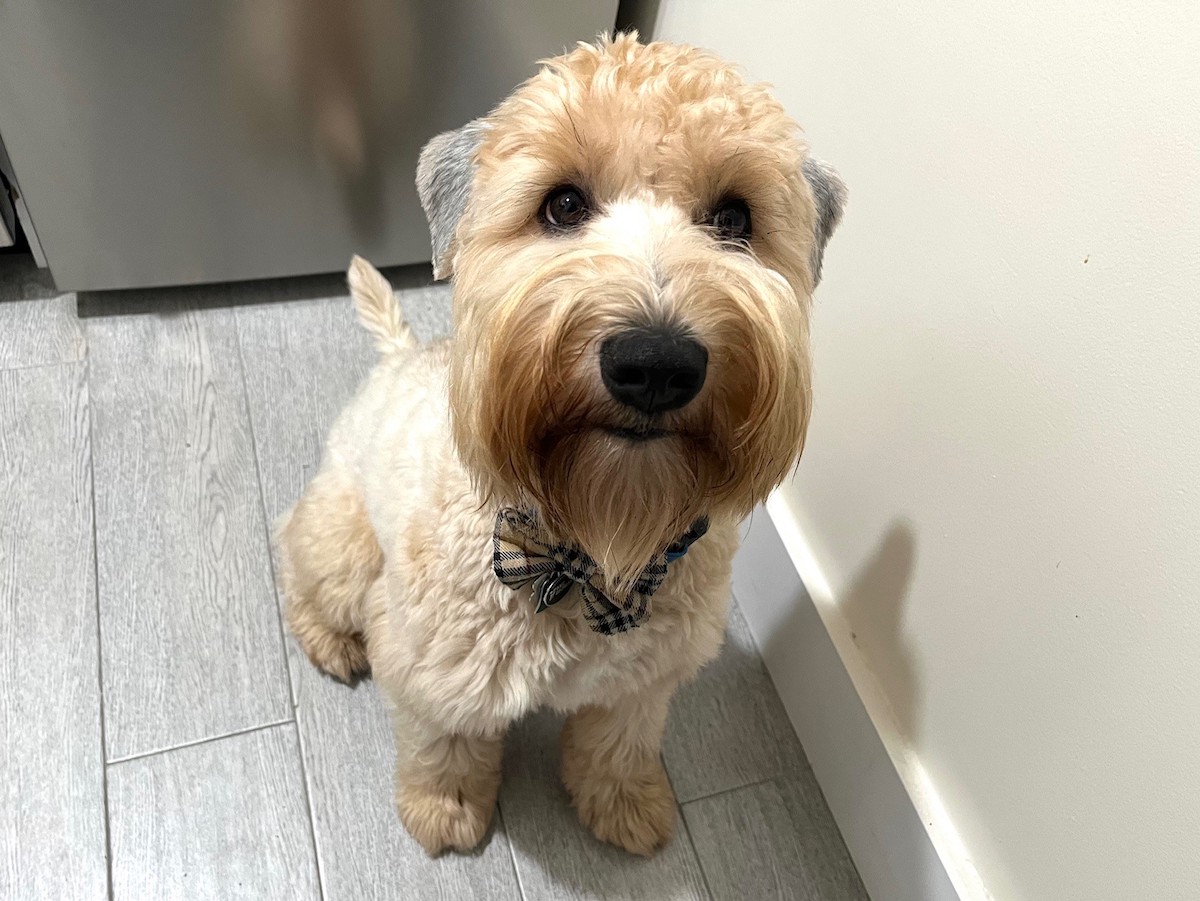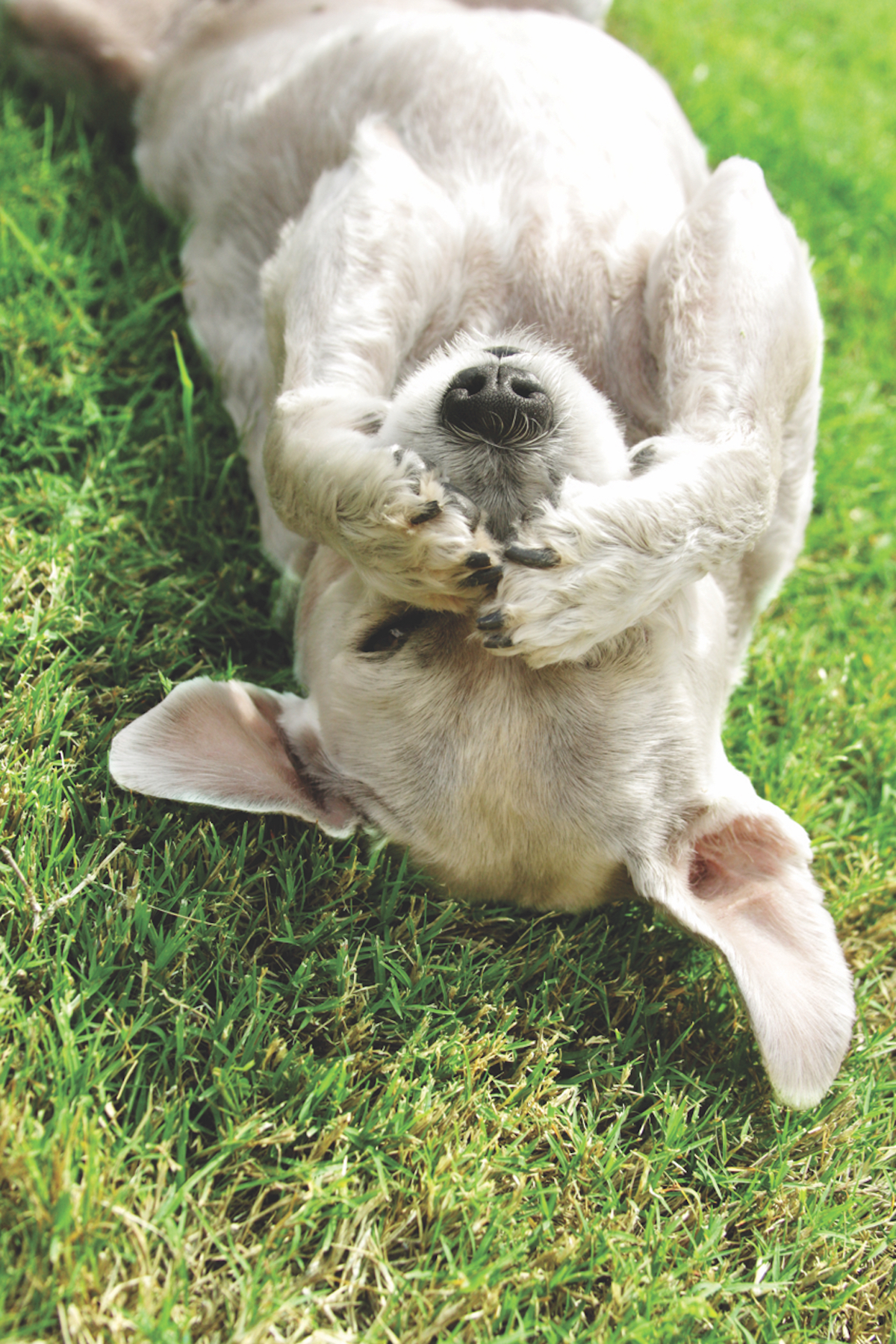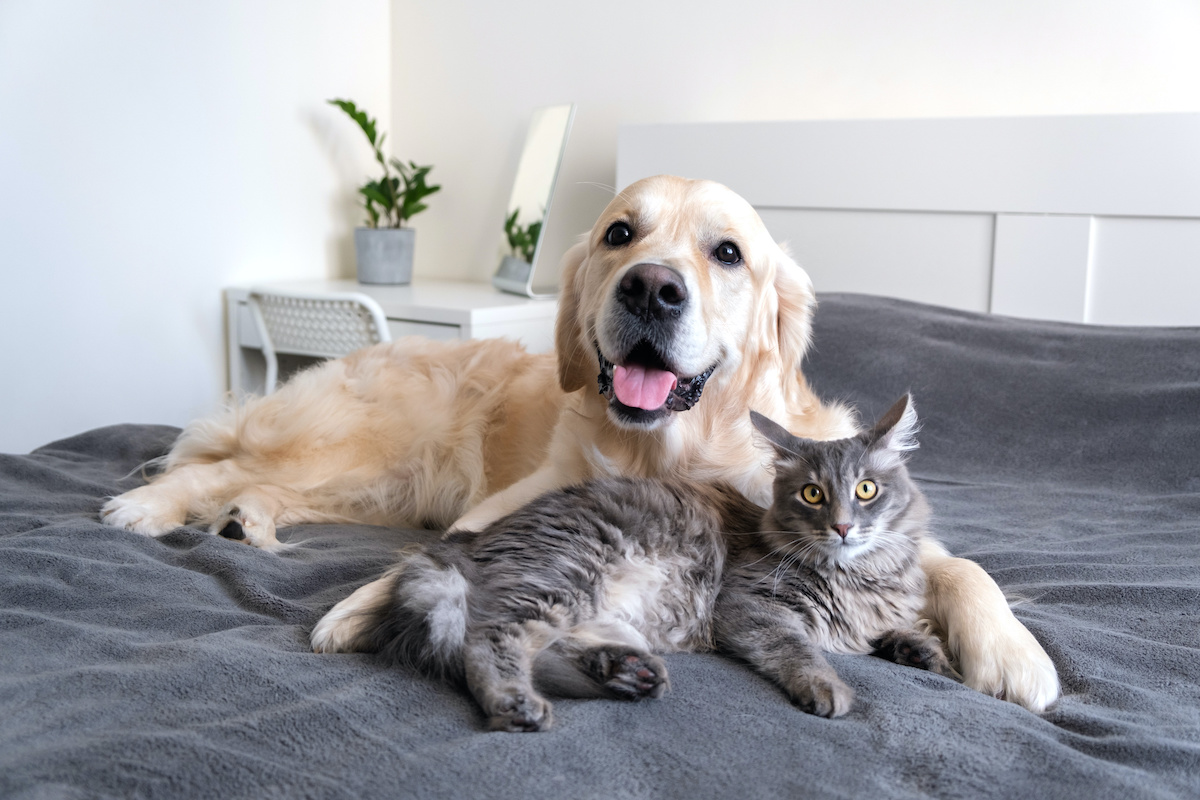Obesity, the Silent Killer
By Tracie Korol
There are no solid statistics documenting the incidence of obesity in American dogs and cats. The most commonly used figure is that 40% of the cared for pets in the US are significantly overweight. In round figures, no pun intended, this means 2-2½ million pets are not merely chubby, plush or pleasingly plump. They’re obese. In a medical sense, they are critically ill, with an illness that frequently creates other serious clinical problems and shortens lifespan much like the human counterpart.
Obesity is defined as an increase of over 20% above the optimum body weight. My beagle’s optimum weight was 28 pounds. She looked trim, had a nice tuck-up, could run for hours and had good self-esteem at that weight. At one point, early in our 17 years together, she gained five extra pounds and became one seriously adipose beagle. It doesn’t take much; five pounds to us may be a weekend of self-indulgence. But, when you only weigh 20 pounds, five extra pounds can profoundly change your life. Reasons for pet obesity include having a more confined and sedentary lifestyle, availability of highly palatable, filler-dense pet foods and treats, and our desire to please our pets by over-feeding. Bea’s momentary diversion into Fatland was completely my fault.
Why should be concerned about obesity? The most serious aspect of it is its effect on heart and blood vessels. Fat doesn’t just rest on the outside like a thick spongy blanket. Globs of fat fill the body cavity, too. Fat deposits can crowd the heart of an obese pet, so its pumping capacity is limited. Additionally, the beleaguered heart is called upon for heroic efforts because these additional fat deposits throughout the body, supported by additional linear feet of blood vessels, require additional pumping power. Whew! No wonder fat dogs have no energy.
Lung capacity is lessened when crowded by fat, too. When a dog can’t pull a full lungful of air because of the fat crowding the chest cavity, the lungs cannot transfer the required amount of oxygen to the blood. When the blood is poor in oxygen, more blood is needed….adding another demand on the heart’s pumping capacity. The extraordinary stresses on this large muscle pump usually lead to its early deterioration, failure, and eventual demise of the pet.
Recently, a dog friend had a trip to the vet, his owner sure her Best Friend had asthma, he wheezed so much. Turns out this little guy was twice the weight he should be. Twice! His activity level is diminished, his wheezing, not asthma at all, is lung and heart stress; the sounds he makes are what I call The Sebastian Cabot Effect. (This little guy recently started on my REAL FOOD low-carb program and will be back to being a scrappy little dude by Labor Day, guaranteed.)
What else happens to a fat animal? There is immeasurable discomfort and pain due to the effects of excess fat on the skeletal system, which must support added weight. Joints are subject to erosion and crippling pain. The slow, waddling, painful gait of a grossly obese pet is a pitiful and preventable sight. Do you have one of these at your house?
Obesity is also conducive to fatty tumors and sebaceous (greasy) dermatitis. Plus, it’s not surprising that obese dogs are prone to developing diabetes mellitus. A recent study, tracking the health of 2.5 million pets, reports that in the last five years, obesity has climbed 32 percent in dogs and 16 percent in cats. While obesity is not the cause of diabetes—a lifetime of too much poor quality food is—the two are often linked.
Having had a fat dog for a few months, I found the most immediate negative effect was that my beagle had turned into a dud of a dog. She could no longer sustain an afternoon of “’munking” (running down and tormenting an un-catchable chipmunk), she couldn’t enjoy an evening run in the woods with me; she struggled to get comfortable when she curled up in her chair and, she wheezed. It was tough to watch but not at all tough to correct once we got down to business. For her remaining 15 years she ate clean–not too much–kept her figure, her energy and her goofy beagle outlook.
The picture of an obese pet can be looked at as a vicious circle: Best Friend eats too much and accumulates fat. This slows him down and reduces his activity. Because he burns less energy, he grows even fatter, and so on. The end result: a sloppy fat pet whose only interest is what’s in his bowl.
BowWOW! Is a production of Tracie Korol and wholeDog. She is a canine behavior coach, Reiki practitioner, a canine massage therapist (CMT), herbalist, and canine homeopath. Want more information? Have a question? Send a note to Tracie at letstalk@wholedog.biz or visit www.wholedog.biz.






